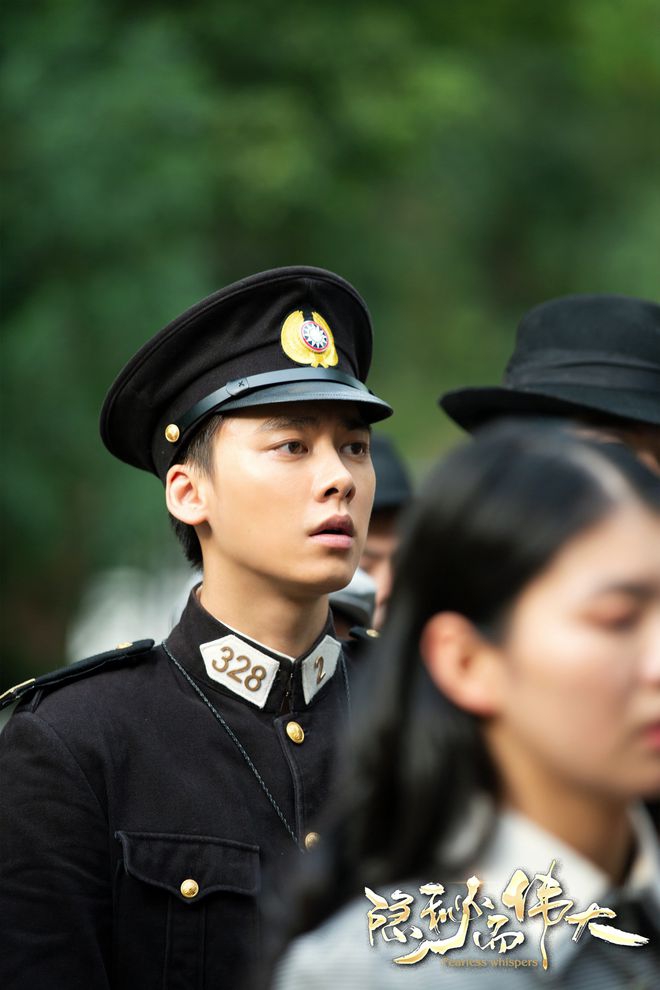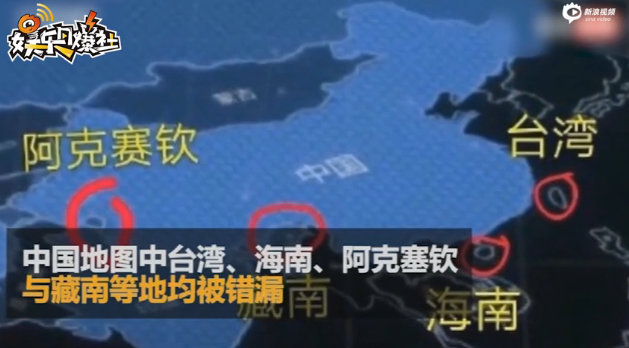
地图
(2003)
评分:
-
音画
0.0分 / 0人
-
表演
0.0分 / 0人
-
剧情
0.0分 / 0人
-
编辑
导演:WangPing/ShengBoji
- 主演:谭盾更多
- 类型:音乐 制片地区:中国大陆 影乐酷ID:5122532dv IMDB:tt3341942
- 语言:汉语普通话 片长:46 min + 27 min 上映:2003
简介:Cast: Tan Dun Anssi Karttunen Shanghai Symphony Orchestra Description: Dialogues with Tan Dun Mapping The Portrait: An Interview with Tan Dun on the Creation of The Map In the winter of 1981, while a student at Beijing’s Central Conservatory, I returned to my home province of Hunan to collect folk songs. When I arrived at a Tujia village, I met a famous ‘stone man’ who welcomed me by playing his stone music, a very ancient stone drumming. In 8 positions, according to the I Ching and with shamanistic vocalizations, he talked to the wind, clouds and leaves; he talked to the next life and the past one. At that moment I felt he was a map. Then I asked him, ‘Someday soon, might I come back to record your performance and study music with you?’ For years, I didn’t find the chance to return, not until 20 years later when I started this piece for Yo-Yo Ma and the Boston Symphony. In the winter of 1999 I went back; the Tujia villagers welcomed me with a warm tea ceremony and told me “‘one has left, tea is cold’ – the ‘stone man’ has gone with the old music that nobody knew anymore.” I left the village with emptiness. I really wanted to find a way to search for him, to follow him, to bring him back. Might we find a way to follow all that is vanishing? To keep things from disappearing? The Map is a multi-media concerto grosso. I wanted to discover the counterpoint between different media, different time-spaces and different cultures. The structures and musical textures are designed to create antiphonal music by counterpointing between the cello solo and video, orchestra and video, solo and ensemble, text and sound, and multi-channel video and live playing of stone. Metaphorically, the orchestra becomes nature, the soloist symbolizes people, and video represents tradition. The Map can be considered as four sections: Movements 1, 2 and 3 constitute the first section and are played in succession. Sonic counterpoint is designed differently in each of these three movements. The following two movements are studies in contrast. Movement 5 creates a dialogue not only through space (a Feige is always sung antiphonally across mountains and valleys by a woman and a man), but also across time (the same woman in the video will for all time sing antiphonally with the cellist on stage, therefore transcending history). Movement 6 is an interlude in which video images are replaced by text and sound in counterpoint, leading into Movement 7, a video quartet with live stone solo. The last section is made up of Movements 8 and 9, where the cello solo, orchestra and video become “one” and recreate music in its original, monophonic state: simple, like heartbeats. It is a finale that does not end. –Tan Dun, July 10, 2004








